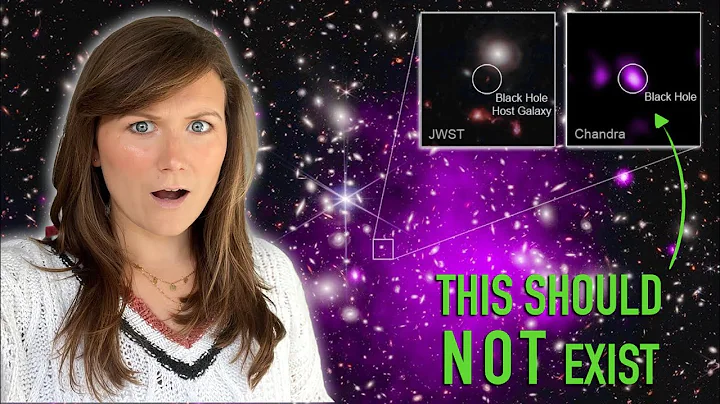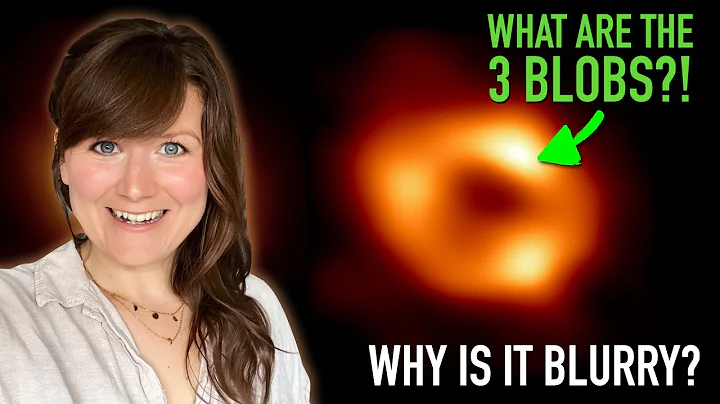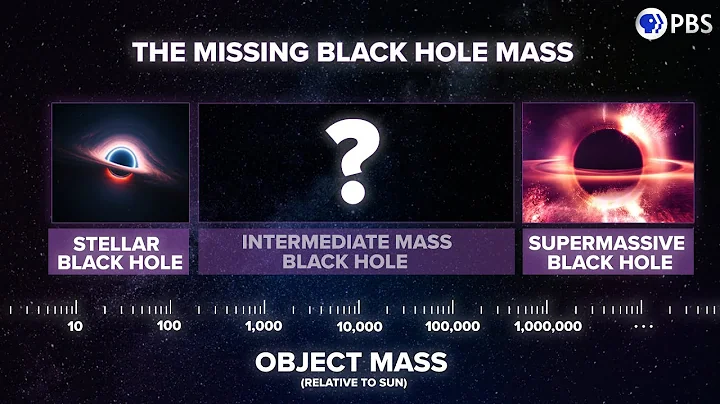
When the Event Horizon Telescope returns to observe the supermassive black hole Sagittarius A* at the center of the Milky Way next year, it will have help from the James Webb Space Telescope. The James Webb Space Telescope (JWST) is currently finalizing preparations for observations. It is expected to release its first full-color scientific image on July 12, officially entering a series of scientific missions. In the first year of observation, the Webb Space Telescope will cooperate with the Event Horizon Telescope (EHT). It is tentatively scheduled to invest about 25 hours in April 2023 to observe Sagittarius A* and collect infrared data for comparison with the EHT's radio wave data. , making it easier to determine when a bright flare occurs, producing a clearer overall image of the area. Sagittarius A* is a difficult object to study. In addition to all the usual limitations of observing black holes, it also suddenly shoots out particles at nearly the speed of light. These bright flares can occur 4 to 5 times a day, essentially like fireworks that last for half an hour. The show, sometimes one after another, is not only a mystery to the mechanism of the flare itself, but also affects the EHT telescope's detection of other signals used to create images of black holes. The addition of the Webb Space Telescope brings benefits. Because it is located at the L2 Lagrangian point of the Sun-Earth system 1.5 million kilometers away from the earth, it is not subject to atmospheric interference. The instrument is also reduced to extremely low temperatures and can collect two different types of infrared light at the same time. The data, as long as it is observed continuously, should allow scientists to distinguish when a flare occurs. Scientists say that the collaboration between the Webb telescope and the EHT telescope will provide more information about what causes black hole flares, providing new insights into solar flares or plasma physics. The research team also emphasized that the Webb telescope may not be able to capture the flare. After all, it is a black hole that can do whatever it wants, but other interesting observation results are bound to be obtained, and this also means that the imaging effect will be very good.





















